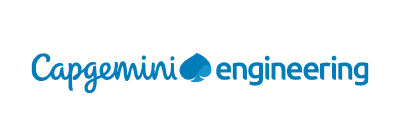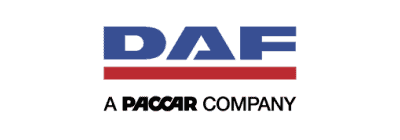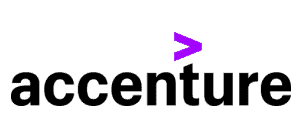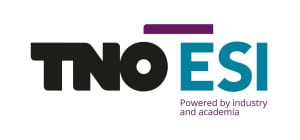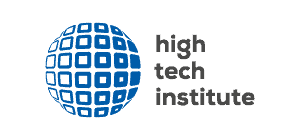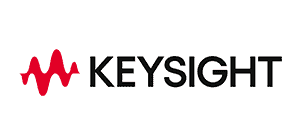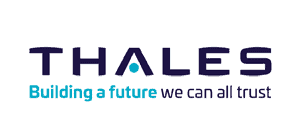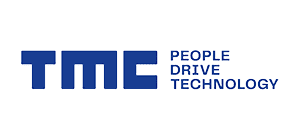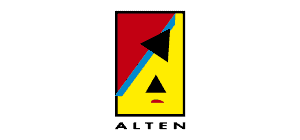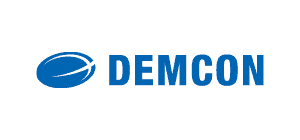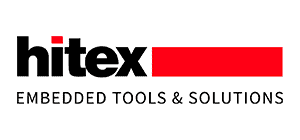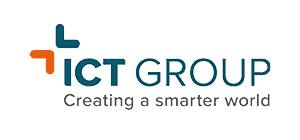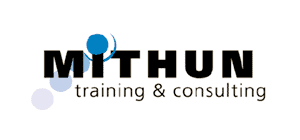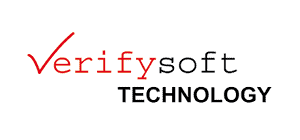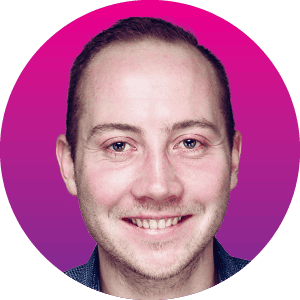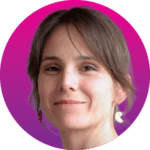
10 October 2024
Van der Valk Eindhoven-Best
Exhibition and conference on challenges in complex software engineering, AI in high-tech and system architecture
Keynote
Chair: Tanja Vos (OU)

09:45-10:30
Sigrid Eldh (Ericsson)
How do you know this is correct?
Testing software in the AI/DevOps era
Testing software in the AI/DevOps era
Parallel sessions
Keynote
Chair: Tanja Vos (OU)

13:45-14:25
Robert Engels (Capgemini AI Lab)
Techno-realism 101:
a guide to not getting fooled by AI
a guide to not getting fooled by AI
Parallel sessions
Keynote
Chair: Tanja Vos (OU)

16:30-17:15
Martin van den Brink (former president & CTO of ASML)
The continuous evolution of imaging-based litho
Visitor profile
Managing directors • Technical managers • Team leads • Project managers • System architects • Software architects • Software developers • Solution providers • Researchers • Technology innovators
Target industries
Aerospace • Agro & food • Automotive • Consumer electronics • Defense • Factory automation • Healthcare • Industrial systems • Logistics • Semicon
Past attendees
Accenture • Alten • ASM • ASML • Axelera AI • Bosch • Canon Production Printing • Capgemini Engineering • Demcon • ICT Group • Imec • Kulicke & Soffa • Lely • Nearfield Instruments • Neways • Nexperia • NXP • Philips • Priva • Prodrive • Signify • Sioux • Technolution • Thales • Thermo Fisher Scientific • TMC • Tomtom • Vanderlande • VDL
Contact

10 October 2024
Van der Valk
Eindhoven-Best
Eindhoven-Best

At Techwatch, we can handle all of your marketing and content needs for the high-tech industry. We offer content services, organize (online) events (and offer them as a service) and we create and host webinars, podcasts and videos.
Have a look at our mediakit for more information and services.
Contact event organization: events@techwatch.nl
Contact conference program: Nieke Roos

